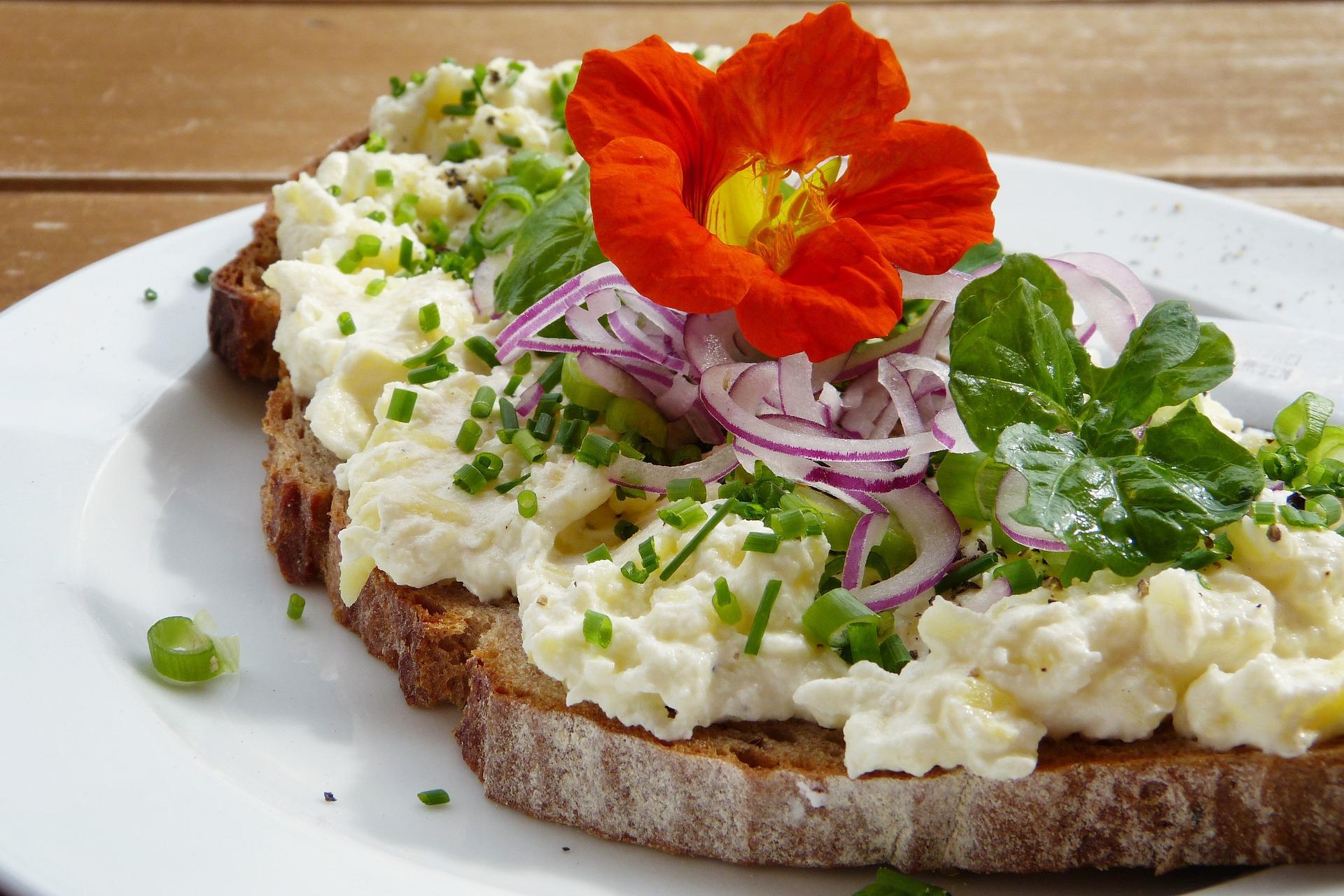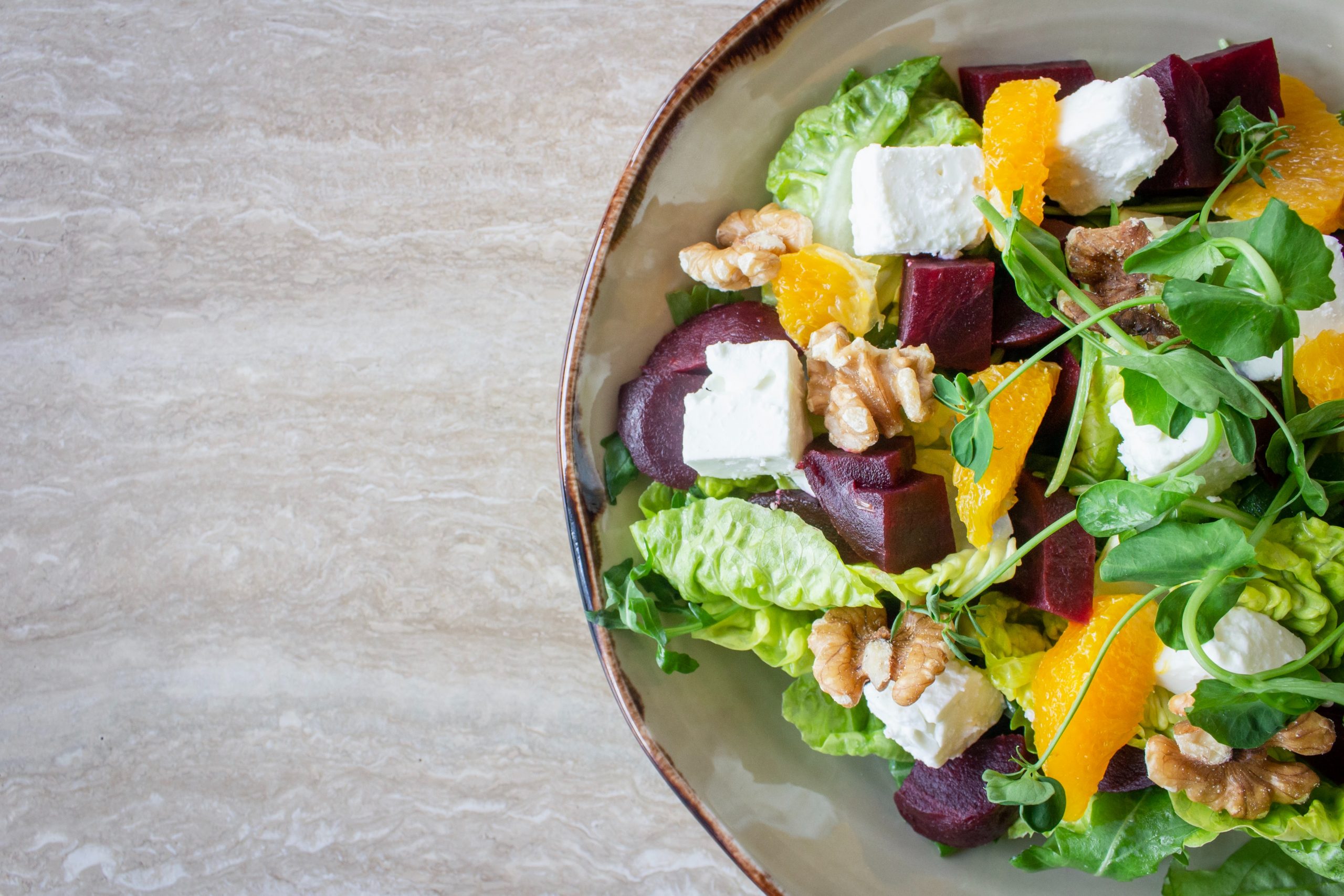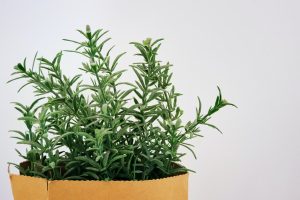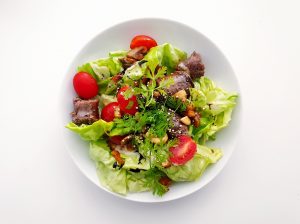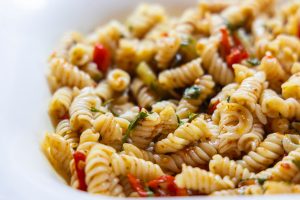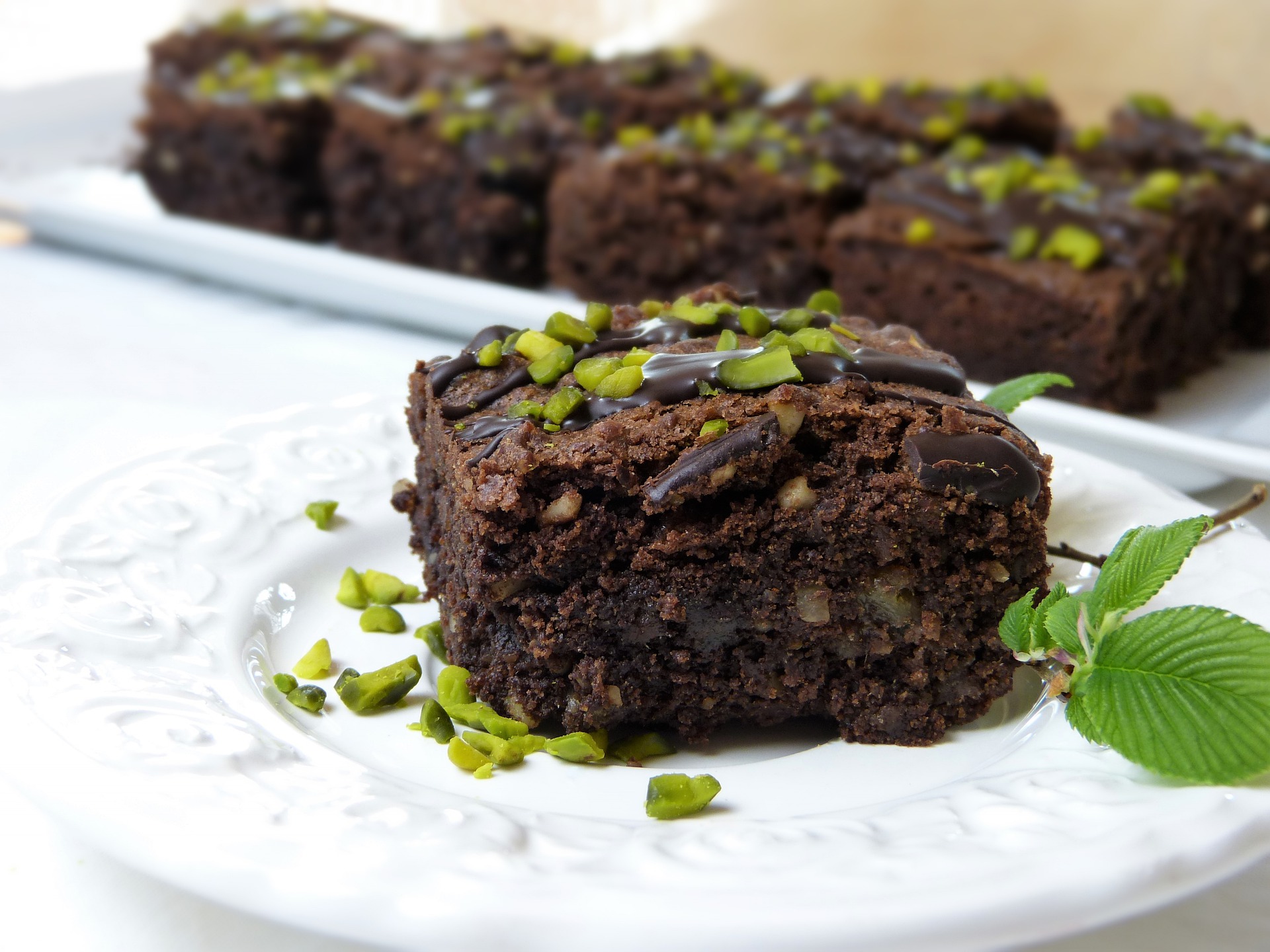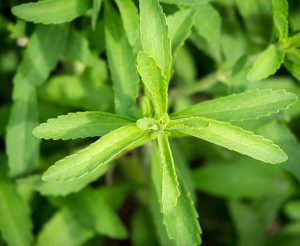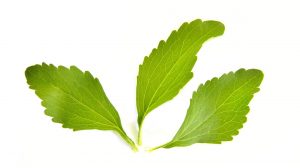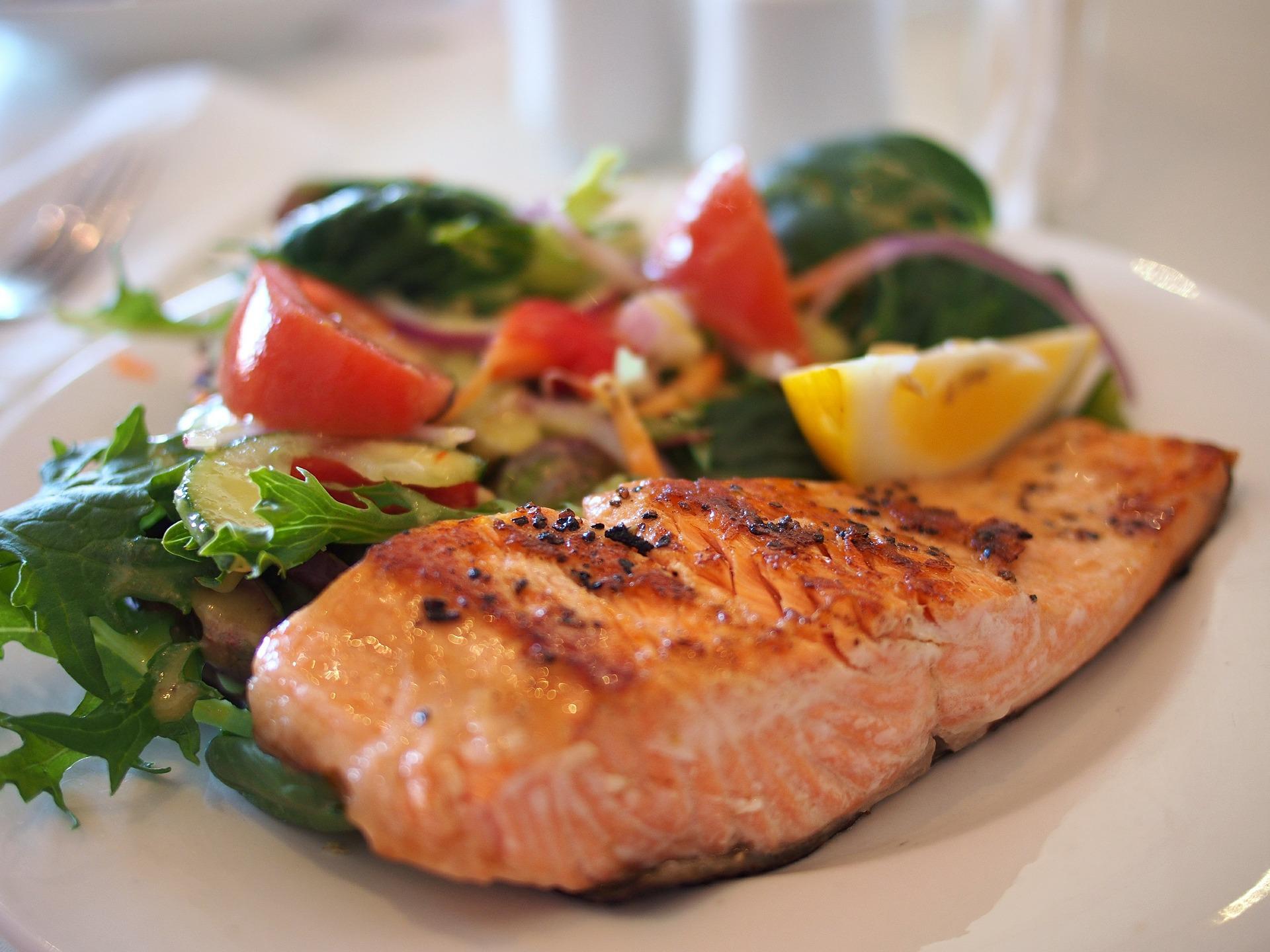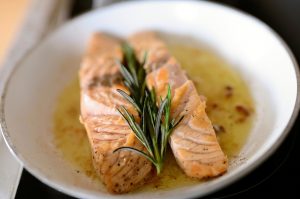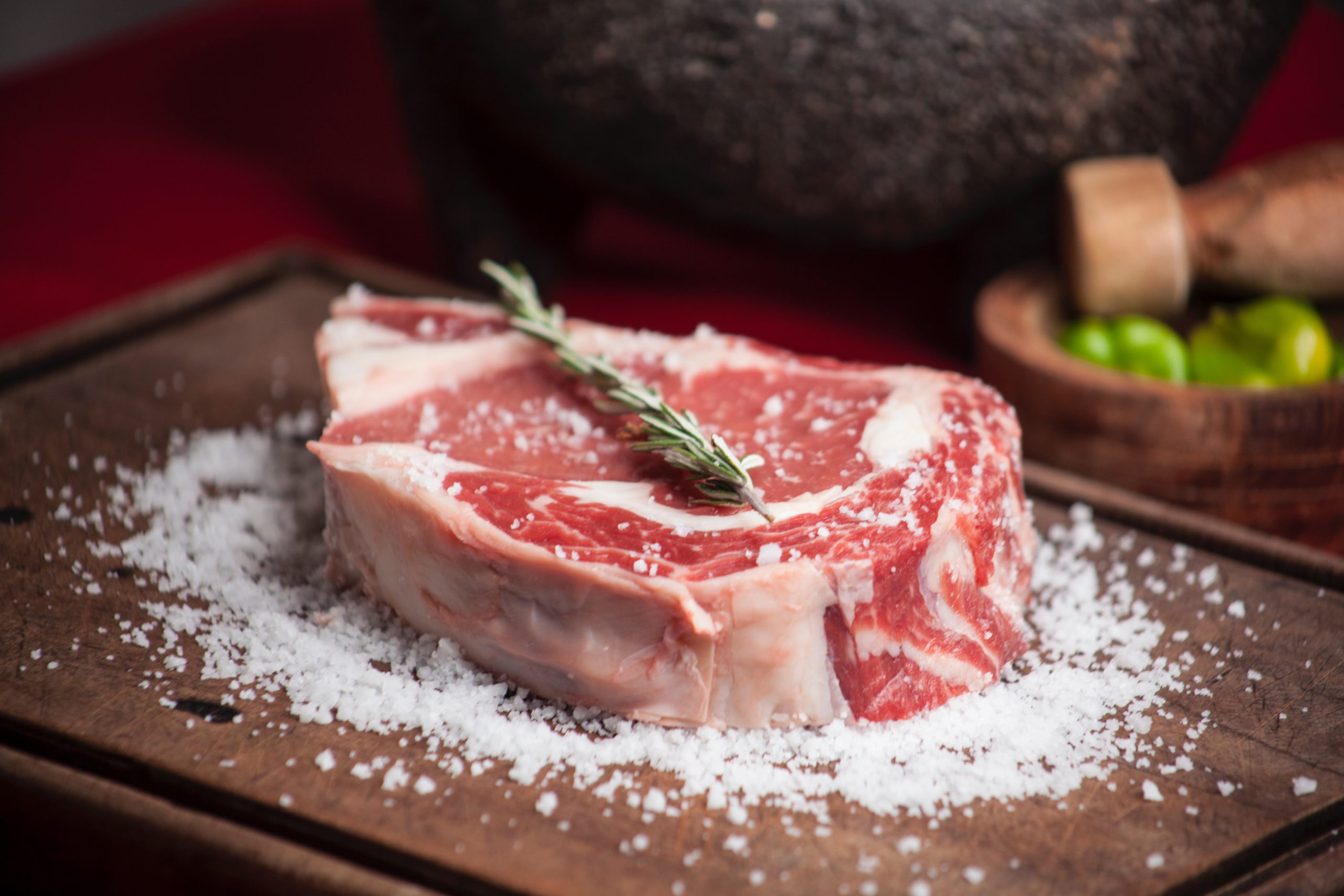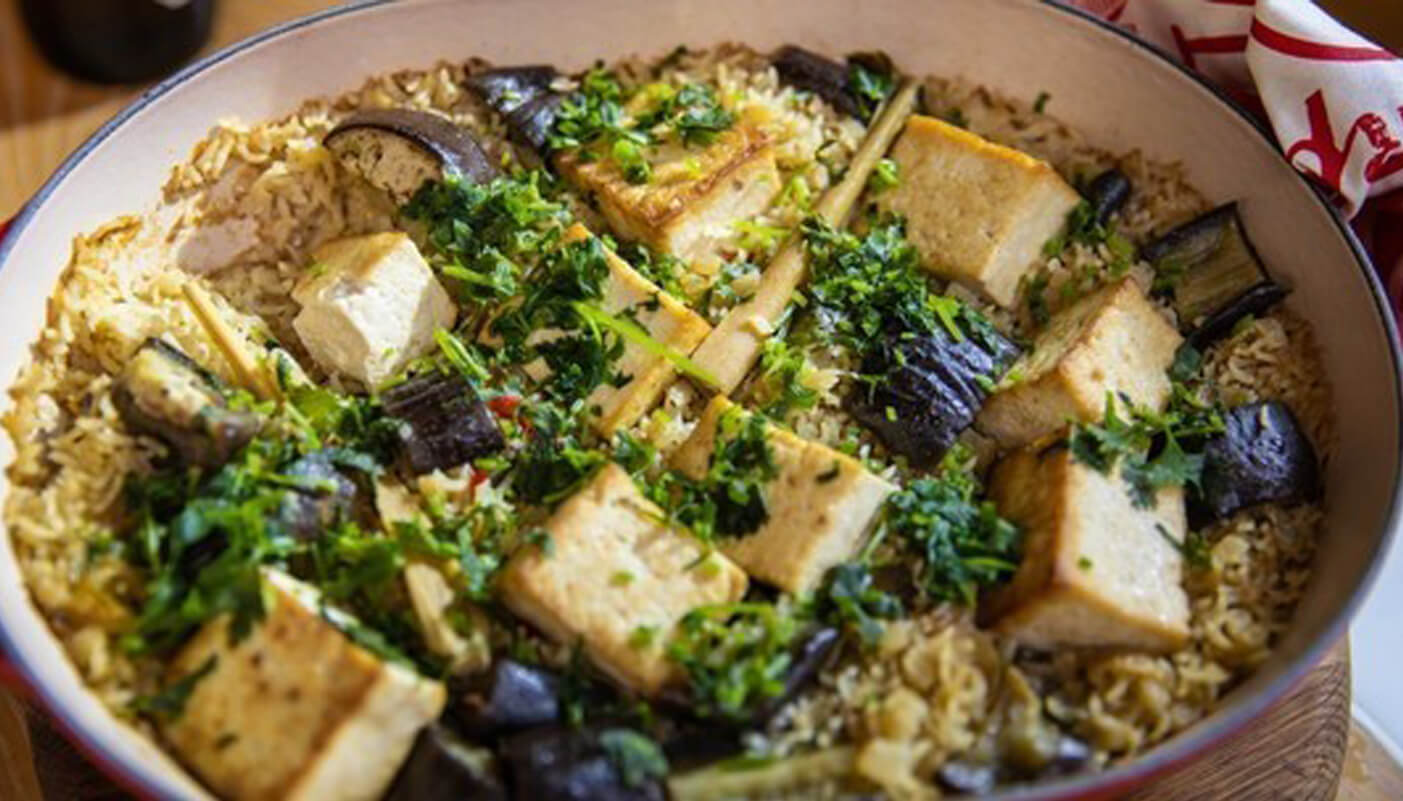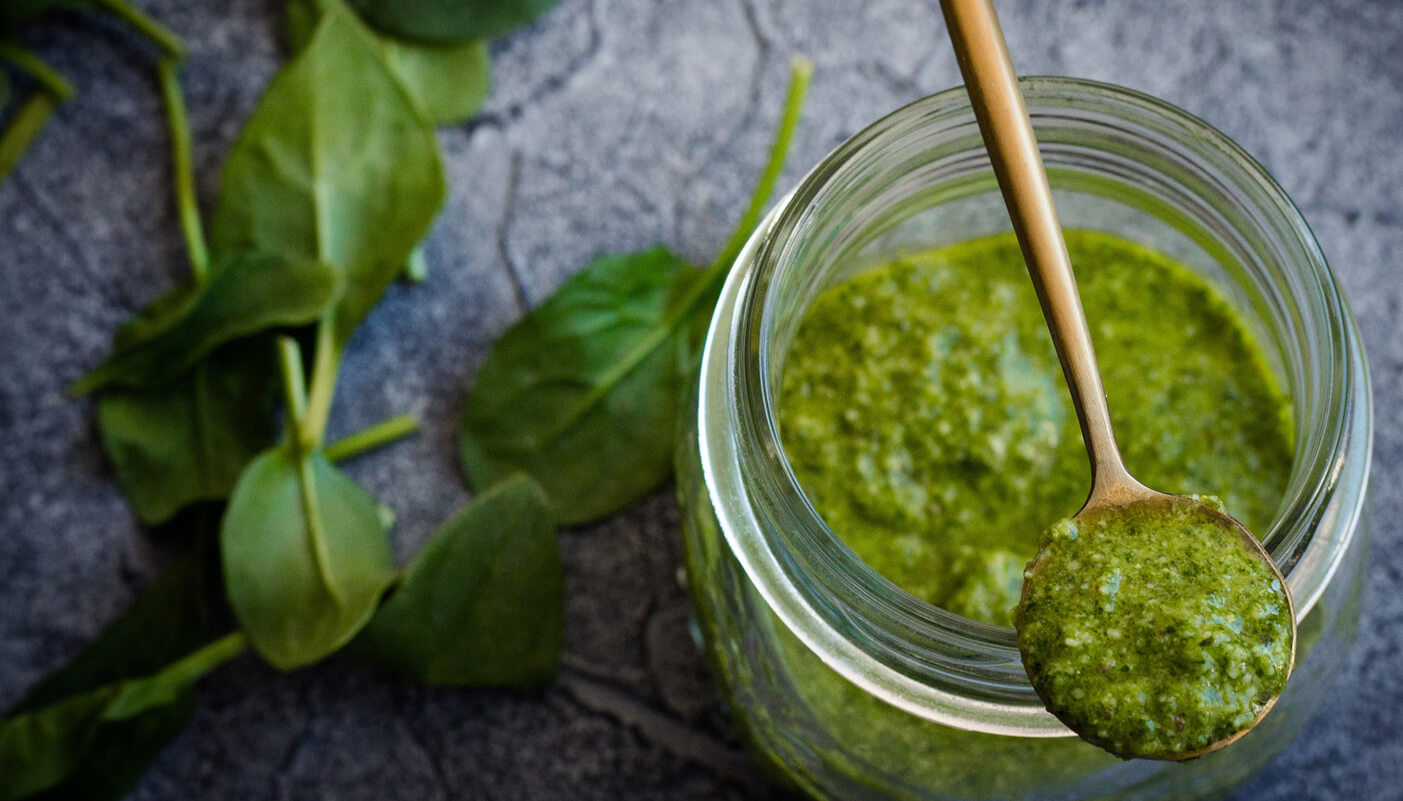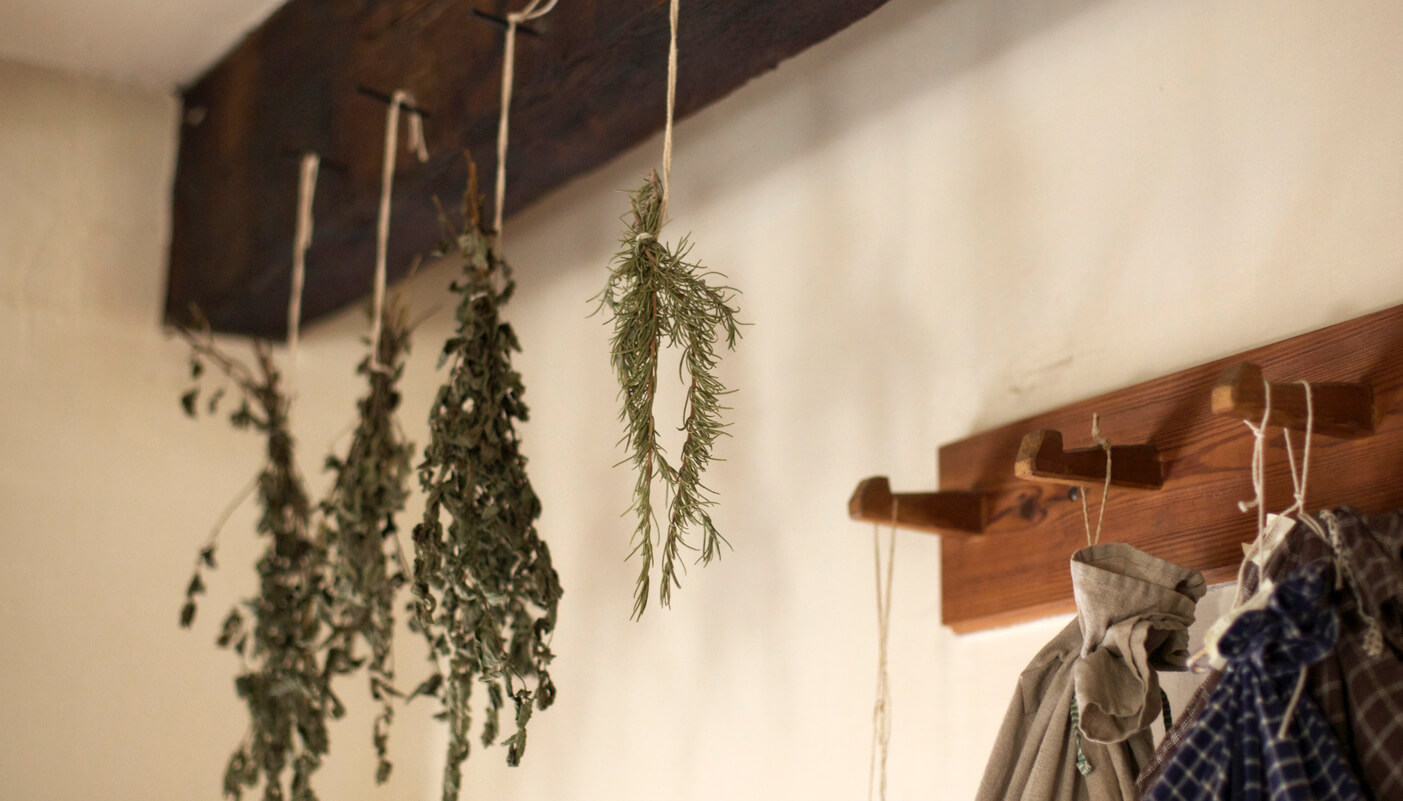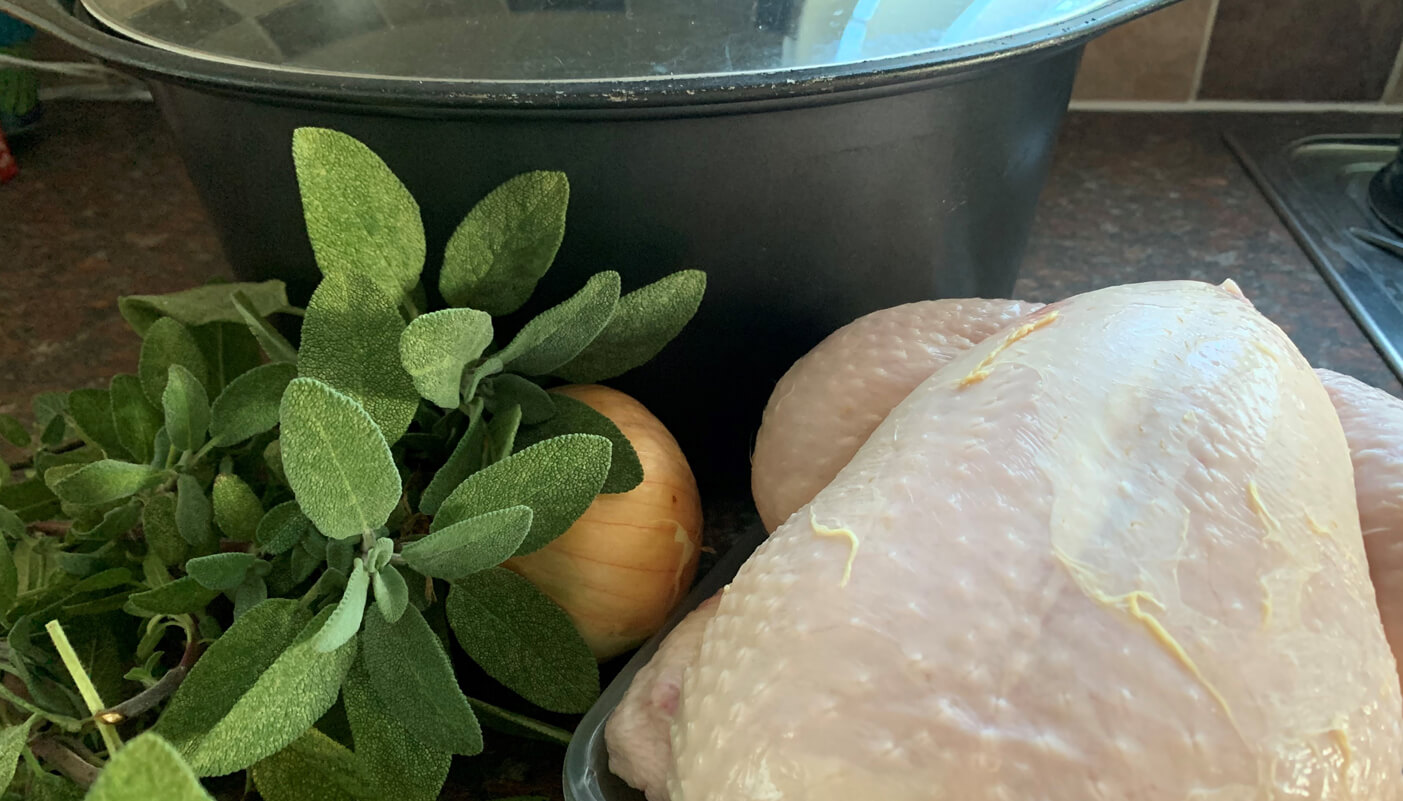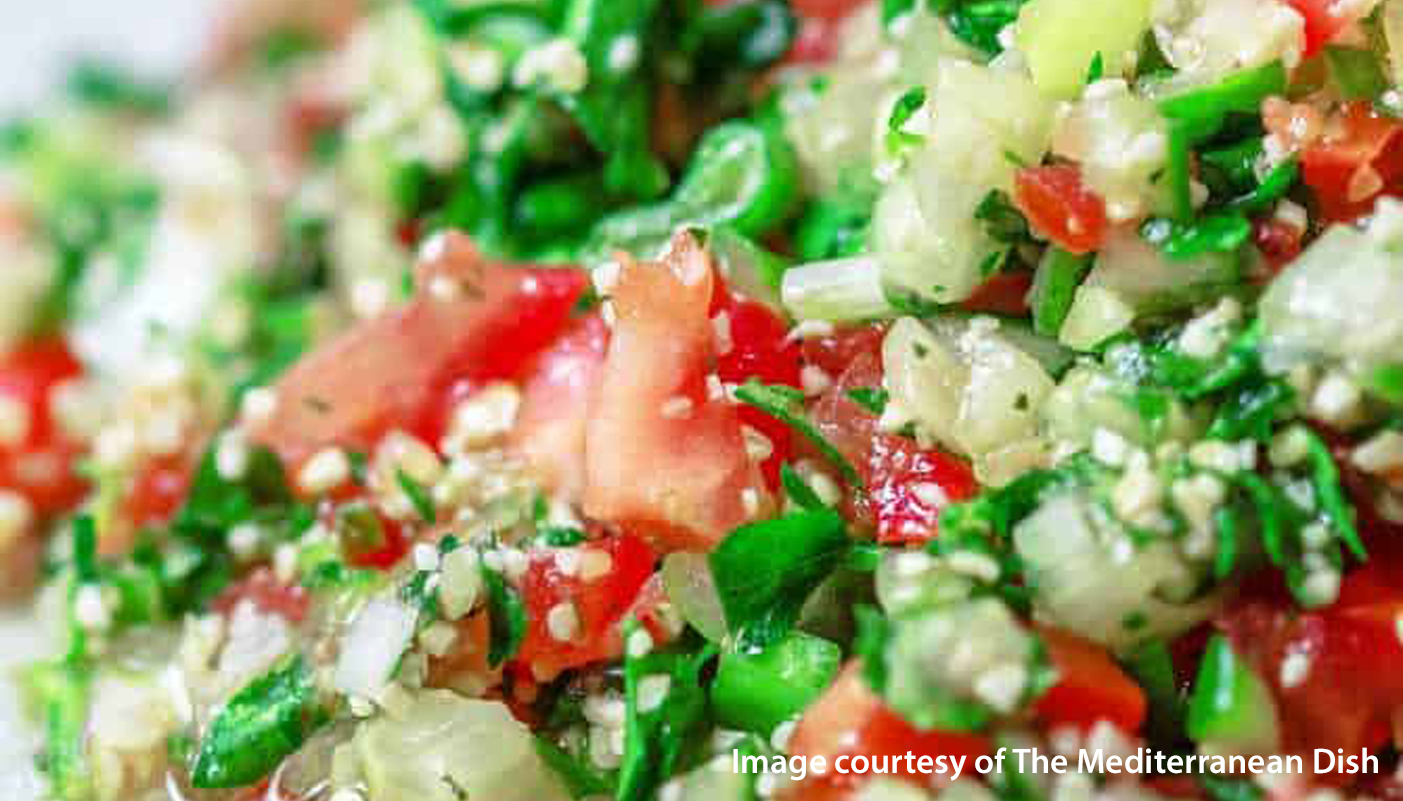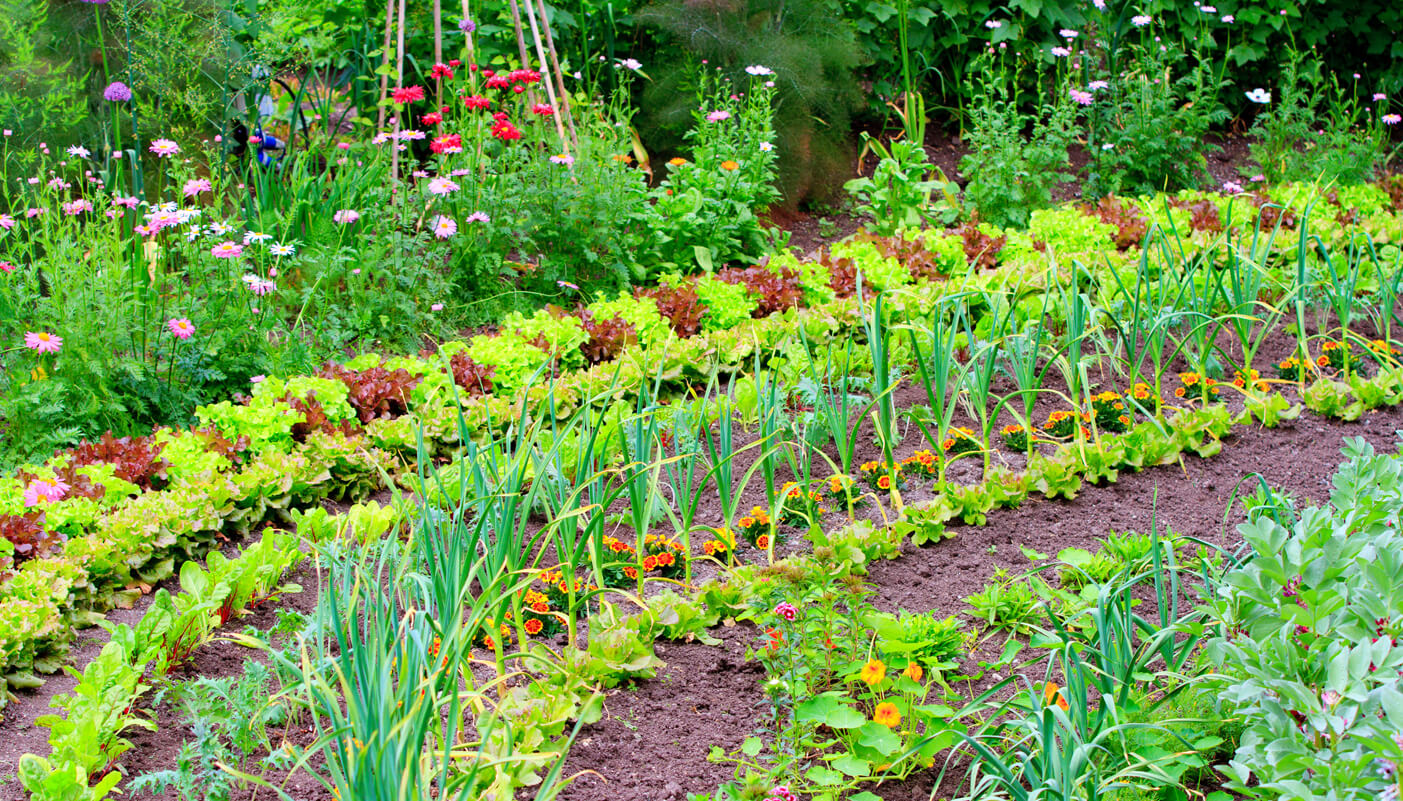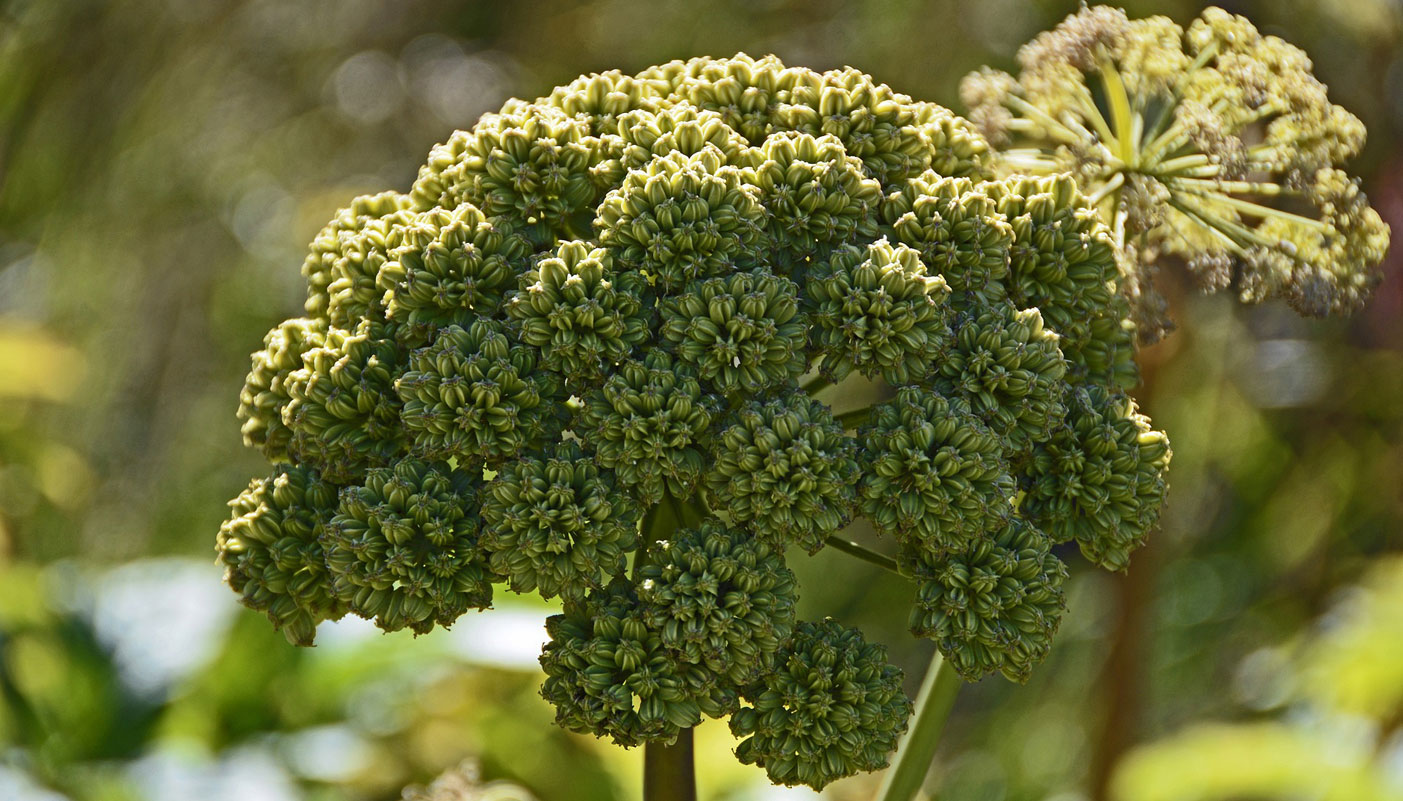Verbena Lemon

Lemon Verbena is a herb that is widely used in restaurant kitchens, but its delicious flavours are a must-have in your home kitchen. The tall stems of the verbena produce lemon-scented, long green leaves. These leaves have a lemony flavour that is complemented by a slight sweetness, giving you all the refreshing qualities of a lemon without bitterness. This herb can be used to flavour roast dinners, ice creams or salad dressings as well as infuse teas. It naturally goes particularly well with fish dishes and can be infused into olive oil to make a wonderful dip or light cooking oil.
How to grow lemon verbena at home
Plant your Lemon Verbena in a sunny location that has well-draining soil. This tender perennial doesn’t deal well with cold temperatures so you should make sure that your chosen location is protected from cold winds. Water the plant regularly to keep the soil moist but not wet. The verbena lemon benefits from regular feeding with a diluted liquid fertiliser in the summer.
How to harvest Verbena Lemon
You can usually harvest your verbena lemon leaves between July and October. To harvest, simply prune the required springs from the plant just before you need to use them. Regular harvesting is recommended to keep the plant growing well. If you find that you are producing more leaves than you need, then the leaves can be easily dried for use out of season.
Salad Burnet
The leaves of Salad Burnet have a nutty flavour and a slight cucumber taste. The latter is why it is often added to Gin & Tonic as a garnish. It is a perfect addition to salads, especially when taking the new shoots, which are tastier and easier to digest. As it is an evergreen perennial, it enhances any winter salad. It’s also a great alternative to use in place of parsley as a garnish for many dishes. It produces dense heads of tiny red flowers in early summer.
How to Grow Salad Burnet
Salad Burnet can be propagated easily from seed or a small plant in spring and is happy in a container. If growing in a container, ensure you water regularly and feed with liquid fertiliser.
Chicory

Chicory is great raw in salads, but it can also be braised, roasted, and used in stir-fries and soups. The beauty of chicory is that it requires very little preparation, and there is almost no wastage.
Chicory is at its best when the leaf tips are yellow, if it has green tips, it is likely to be too bitter for salads. Chicory can be cut in various ways, for example, sliced lengthways, chopped or diced. Alternatively, you can peel off the leaves and use them for salads or a garnish. If using the root in cooked dishes, cut off the end of the stalk and cook the whole bulb in salted water until tender.
Lovage

The entire Lovage plant is edible, from root to tip, and it has a bright, fresh flavour that tastes a bit like citrusy celery. It not only tastes similar, but it also looks a lot like celery. It is packed with vitamin C and various B-complex vitamins, it also contains quercetin, a plant pigment with anti-inflammatory and antioxidant properties.
Lovage needs minimal care, and it will reseed itself readily, so you won’t have to replant it over and over; however, it won’t become invasive. Tiny yellow-green flowers in umbels form in mid-summer. It is suitable for growing any fertile, free-draining soil in a sunny position. The leaves can be used in salads, including Potato Salad. Lovage root can be eaten as a vegetable, and the seeds can even be used in bread.
Nasturtium

Nasturtiums are known and loved for their distinctly peppery flavour. All parts of the nasturtium are edible, the leaves, the flowers, and the seeds. The flavour of nasturtiums is similar to watercress. Nasturtium leaves and flowers taste spicy, almost peppery, with no noticeable fragrance. Use young nasturtium leaves and flowers in fresh salads, sandwiches, or as a garnish. Add flowers or leaves on top of steamed vegetables. Use flowers to garnish salads and cold soups. You can Use preserved nasturtium seed pods as a substitute for capers in tartar sauces and spiced mayonnaise and with tuna and hard-boiled eggs.
Sorrel

Sorrel can be used in salads, stir-fries, marinades, soups, and casseroles. It pairs well with fish, as well as cream, yoghurt, and cheese. It has a distinctive sour, lemony flavour. Sorrel falls straight between being a herb and a green. You can use it as a leafy herb, like parsley or basil or mint, chop it up to use in marinades and dressings, or by stirring it into soups or casseroles for the addition of fresh flavour. Or, you can use it as a green, ripping the tender leaves into salads and stir-fries.
Tree Spinach
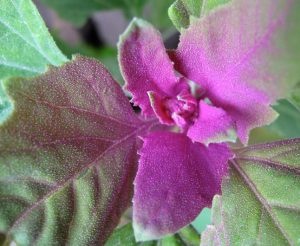
Tree Spinach is a fast-growing and leafy perennial shrub used in many South American dishes and cuisines. It is a leafy perennial that provides produce all year-round and is quite a simple plant to grow. The leaves are about three times the size of your usual leafy green, if not more, so you get a lot from just one plant.
Although it is delicious, you do need to take some precautions when harvesting and using it in food dishes. Make sure you wear gloves as they can have a milky latex in the stems. They often have fine hairs, which can aggravate some people’s skin. The leaves of tree spinach contain a toxin that needs to be cooked out. They contain cyanogenic glycosides which, when damaged at harvest, can break down to form hydrogen cyanide. However, don’t let it put you off, as it’s easy to neutralise.
Making Tree Spinach safe to eat
According to Morning Chores “Cooking breaks all of the above down. The suggested boiling time is 15 to 20 minutes. After this, you can use it in your dishes or cook it further in butter or oil. You can also blend the leaves in a blender or dry them to get rid of the cyanide. Don’t cook in aluminium, or you will create a poisonous chemical reaction. And it’s important to note that you don’t inhale the vapour from the boiling leaves.”
Have you added any of these unusual herbs to your cooking already? Are you going to add some to your herb garden this summer? Start adding unusual herbs to your 2022 collection now.






